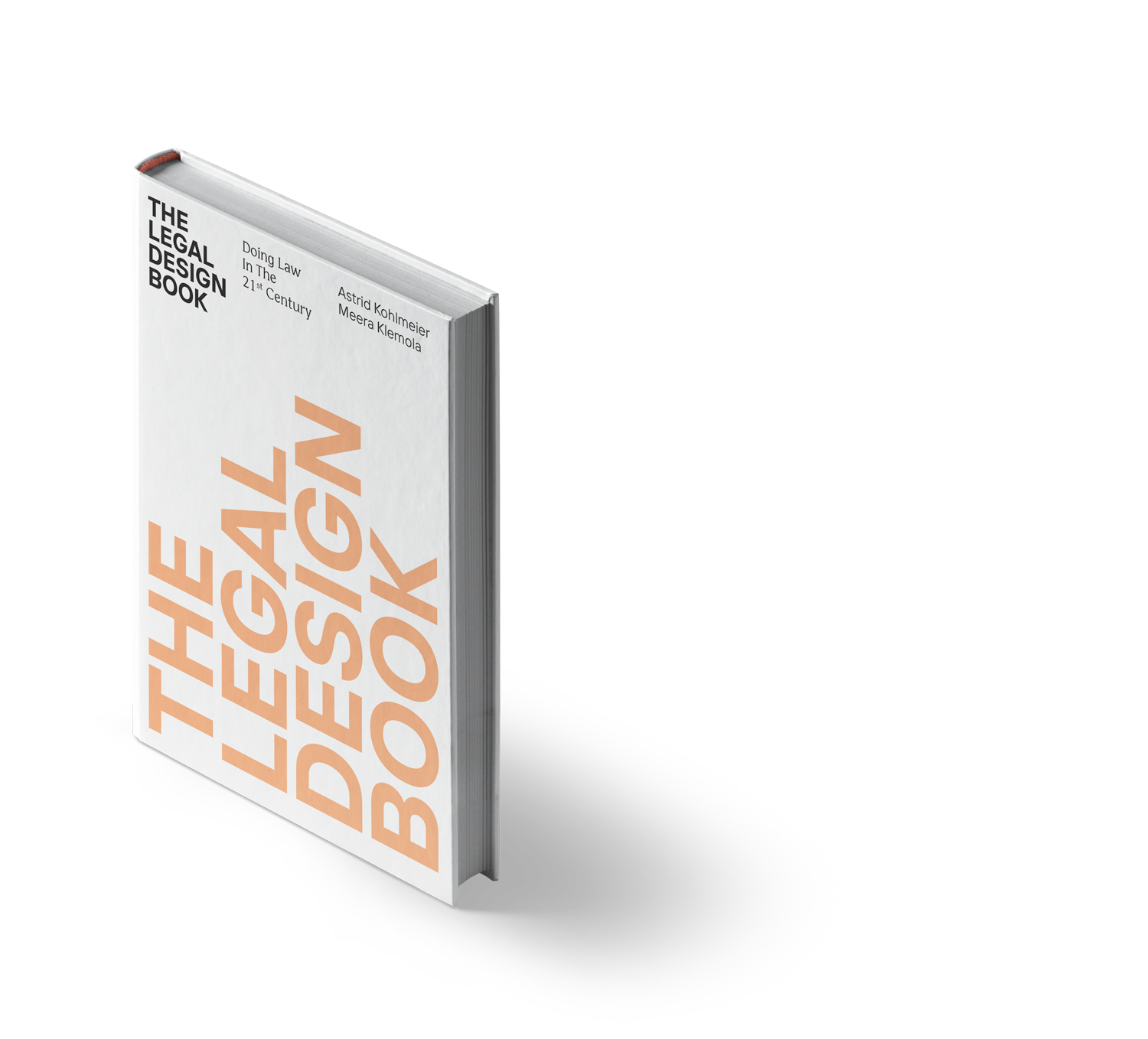A Seat at the Table for Everyone
A Seat at the Table for Everyone

Legal design is diverse, inclusive and gives everyone a seat at the table.
Legal design is democratic and inclusive. It thrives when there is diversity in the room, bringing together people who may differ in age, race, religion, gender or expertise to name a few. Every voice counts – and especially at the idea generation phase, no voice has more or less clout than another. Legal design requires everyone’s active engagement and participation.
Legal design often uses brainstorming sessions and constructive criticism to weed out the best and worst ideas or solutions to a problem. These sessions are usually led by an experienced facilitator who understands the importance of ensuring that every voice in the room is heard.
This process means that you generate a large pool of ideas and then, as a team, rally behind the best idea once you have it – no matter whether it comes from the most distinguished lawyer in the room or from the newest recruit.
Often companies in the corporate world don’t think this way; they are hierarchical or siloed into expertise, which prevents innovative change and progress. The core tenet of legal design – that ideas are more important than stature or expertise – is fundamental. As legal design becomes an integral part of “lawyering,” we see legal design as a way of increasing diversity, reducing hierarchies and enhancing democracy within law.
Please note:
If you are using our text or parts of it in any way, you must mention The Legal Design Book and us, the authors, Meera Klemola and Astrid Kohlmeier as your source of information.
A new perspective on the legal profession
The Legal Design Book is the go-to guide for practitioners seeking to understand the topic and apply legal design in their daily work. We cover what legal design is, why it’s important and how you can apply it in practice.
